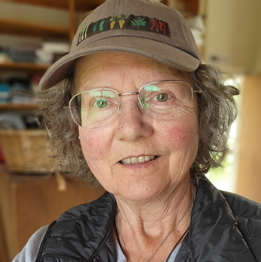
I am retired with a background in accounting and office administration. As a teenager I was introduced to the Mendocino Coast region on a camping trip to the Navarro Redwoods and MacKerricher State Park. I was finally able to realize the dream of returning permanently in 2019. I am pleased to take on the job of managing the DTSC Technical Assistance Grant supporting my colleagues in the task of community outreach and education.
I am a retired marine ecologist and college professor. I moved to Fort Bragg in 1999 and began working part time with the California Department of Fish and Wildlife as a Scientific Aid, first in data entry and analysis and later in the Marine Protected Areas Education and Interpretation Coordination Project. I earned a B.A. in Biology at UC Santa Cruz and then a Ph.D. in Biological Oceanography at the Scripps Institution of Oceanography. While my research focused on the small shrimp-like organisms living inside kelp holdfasts, I also worked with a group of scientists examining the mandated upgrade from dumping raw sewage into the ocean to secondary and even tertiary treatment systems. There I came to understand the fallacy of the adage “dilution is the solution to pollution.” I was also part of a long-term study funded by the Federal Government to determine if the deep sea was a suitable repository for nuclear waste. We discovered that there is a direct biological link to and from the surface to the depths and that there is no place too remote or harsh for living systems.
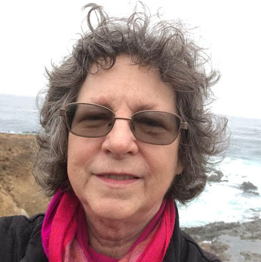
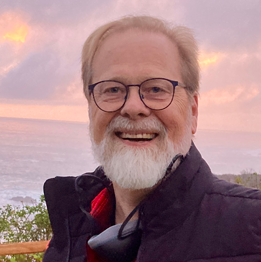
I have been coming to the Mendocino Coast for over forty years and moved here in 2020 after losing our home to the CZU Lightning Complex Fire. Retiring from a 30 year career in Environmental Health and Safety within the UC system, Stanford University, NASA Ames and Dryden Research Centers and a host of biotech and high tech clients compels me to apply my experience in service to the community. My approach is to collaborate with stakeholders to recognize opportunities, address problems, and implement solutions. Since joining the Grassroots Institute, I have worked with the Climate Crisis Workgroup, the Noyo Headlands workgroup, and now with Project-HERE, after we secured the Technical Assistance Grant for the effort from DTSC.
I am a retired attorney who has lived in Fort Bragg for 22 years. During my service on the City Council for 12 years and Mayor for 4 years the reuse of the mill site was a major issue. I came to understand the importance of cleaning up the toxins left on the site during its industrial use. Whether we want on the site a work place, a home, a park, natural space or some or all of those; we do not want toxins in those places. I am working on Project HERE because the project secured a grant for the community to hire a specialist in the remediation (clean up) of toxins to answer our questions about that process. I hope you will take advantage of this opportunity to answer your questions.
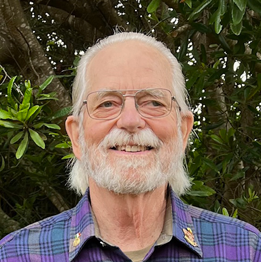
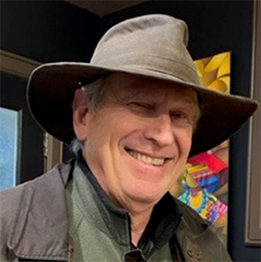
My philosophy of life is simply “leave it better than you found it.” After 20 years teaching high school, mostly in Ukiah, I bought a 100 year-old house to rehab in Fort Bragg. In January, 2017, I ran out of money and moved in. Following the mill site changing hands and the publicity around future uses of that ocean front resource, I joined the Grass Roots Institute group studying and following the legal, land use and contamination issues. I curate http://savenoyoheadlands.org, a document repository for the legal cases, documents from state and federal agencies, scientific studies of the contamination, etc.
I am a retired high school teacher and real estate broker. I’ve lived near the Pacific Ocean in San Francisco,Seattle, Hawaii, American Samoa, Tonga, Fiji, and now Fort Bragg for the last eight years. I’ve dove for abalone here in Fort Bragg since the turn of the century when abalone weren’t running from urchins, and there was bull kelp to hand over hand down to a 9 to 10 inch abalone. I am saddened we can’t reverse the death of American Samoa’s coral reefs or the decimation of Fort Bragg’s bull kelp. We can though with the help of Project HERE’s experts and scientist look at the old Georgia Pacific Mill Site and better understand what is contamination and remediation? What’s been tested? And, how safe or toxic is our “front yard” in Fort Bragg.
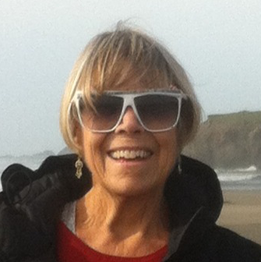
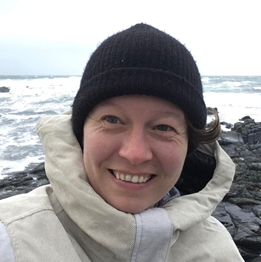
I first discovered the Mendocino Coast at 19, arriving in California on a whim and a streak of good luck. I studied marine science under Greg Grantham, whose teaching sparked a deep connection to this coastline. That path led me north to Trinidad, where I earned a B.S. in Marine Biology and an M.S. in Marine Fisheries Ecology from Humboldt State (now Cal Poly Humboldt). During the collapse of the kelp forest ecosystem, I volunteered as a scientific diver with Reef Check and the Waterman’s Alliance, helping remove urchins from decimated reefs. That work, underwater and up close, left a lasting impression - and deepened my resolve to protect the North Coast’s marine environments.Today, I work as a field and research technician at the Cal Poly Humboldt Marine Lab in Trinidad, studying fisheries ecology. I’m excited to bring that experience to this project and support our efforts to better understand how toxins are impacting coastal ecosystems.
We are a group of Coastal residents who are deeply concerned with the lack of progress toward the sustainable cleanup of the Mill Site, particularly regarding the constraints caused by remaining contamination on the Mill Site. Our collective aim is to ensure a safe, productive, and inclusive future for this vital community asset. HERE is a project of a subcommittee of the Noyo Headlands Working Group of the Grassroots Institute.
Our primary goals are to provide the public with meaningful and accurate information about the condition of the Mill Site, particularly “Operable Unit E (OU-E),” the central section with the ponds that contain residual contamination preventing the public from future access. We believe that with this information, the community can effectively participate in the planning process as it moves forward. We aim to ensure that the entire community, including those who have been left out of the process previously, can have their voices heard and affect significant decisions regarding the future of the Mill Site.
-- From our Press Release